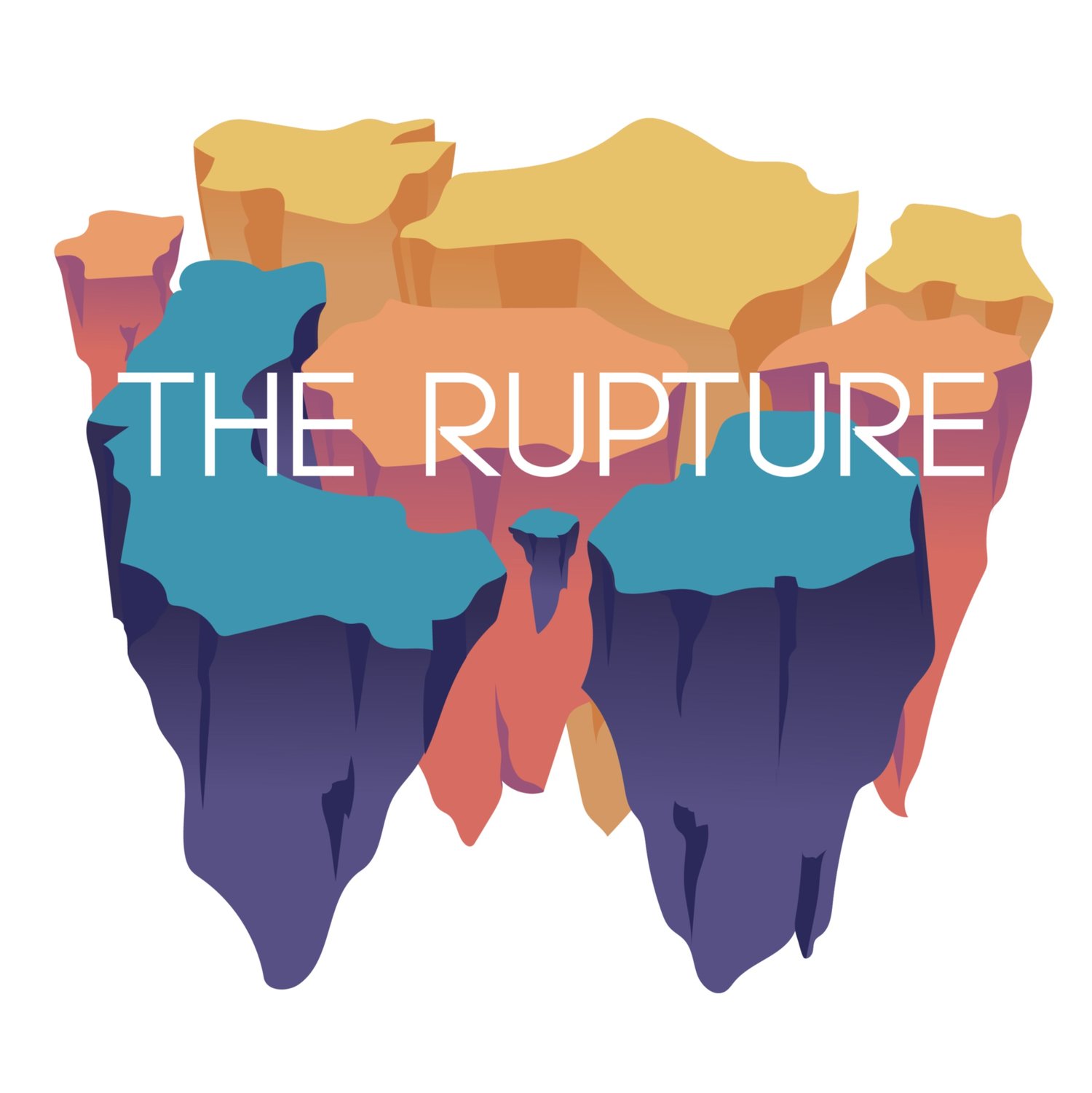C. Dale Young
At the ruins of Tulum, on a boulder
half-buried in the sand on the famous beach
below the often-photographed pyramid
that stares out at the sea, I found
a petroglyph overlaid in white chalk
to better demonstrate the bird-like thing
carved into its side. I had seen it before.
In Cuba, maybe, or Puerto Rico, somewhere
on one of the islands out across this sea
watched over here by trees and pyramids.
The bird, on this boulder, like the one
I had seen elsewhere, had only one leg.
But this should come as no surprise,
the Taino having left this soil many hundreds
of years ago to search for new land, new coasts.
They made landfall all across the Antilles
and flourished there until the Spaniards arrived.
As the textbooks will tell you, the Taino are
extinct, the people and their culture
extinguished by Spain long ago. But tell that
to the old brujas, the old island women
who will tell you that we are of this dirt
and can send any man who stands against us
back to the dirt. The irony of this is legion.
One did not need a laboratory to cross the
tangerine with the grapefruit to make the tangelo,
and the Spaniards did not need a laboratory
to cross the Taino with themselves.
So, when I stand here on this beach at Tulum,
is it any wonder we all look as if we are cousins?
Not the Spaniards who dabbled in the witchcraft
of meztizaje, not the Spaniards who claimed
all of this region as their own—no, it is
the Taino, cousins to the Maya, that link us.
Peer into the DNA of many Caribbean people,
and you will find that 10-20% of it
is indigenous, is Taino. We are of this dirt. We cannot
be killed off, the old women say. And in the base pairs
of our DNA, we discover the truth. One can hide
many things, but the truth is always there.
An ancient god buried himself in the dirt that gave
rise to the Taino. And with time, the Taino themselves
were buried. This is true. But they are not dead.
No, no, not dead. They are buried within us.
